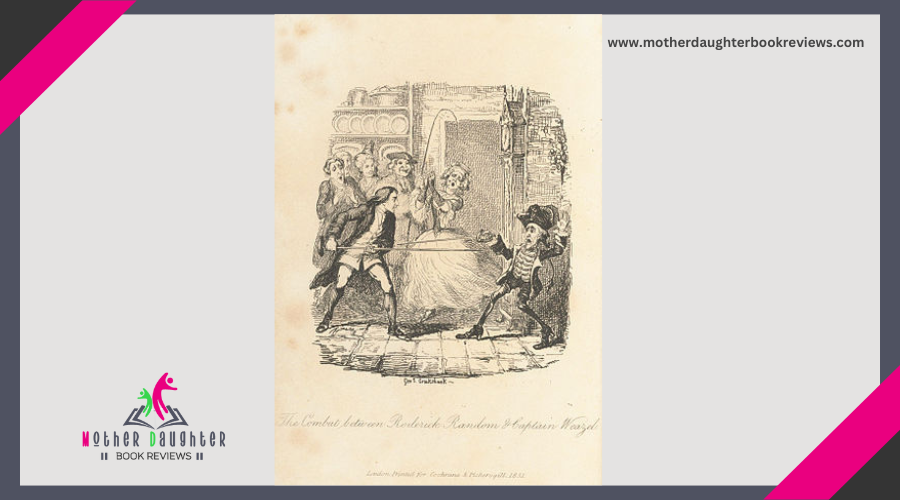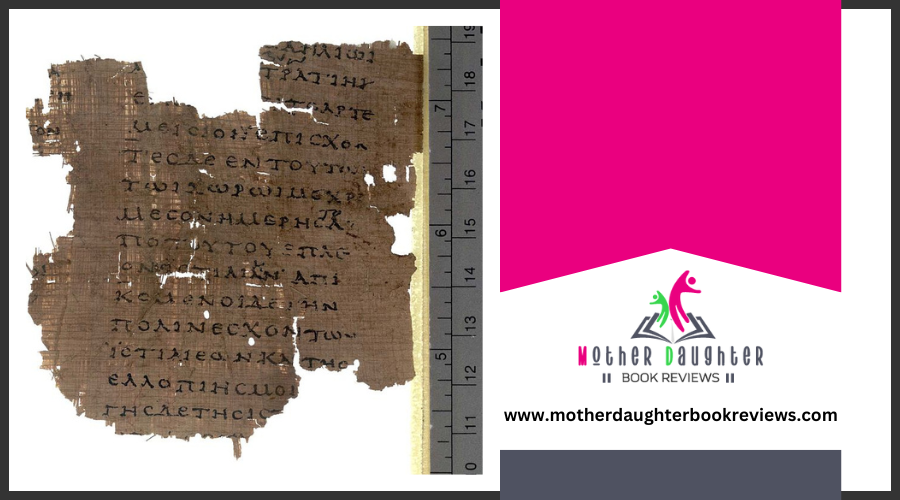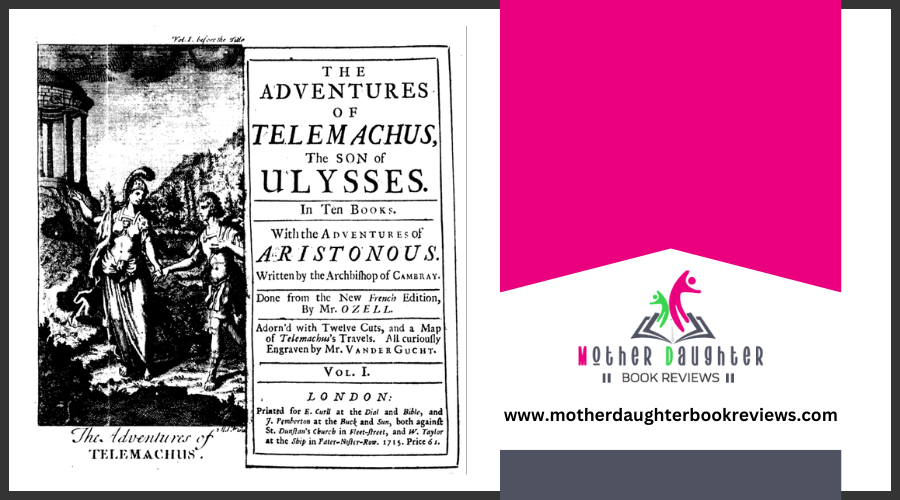How Have Satirical Adventures Shaped Literature Through the Ages?
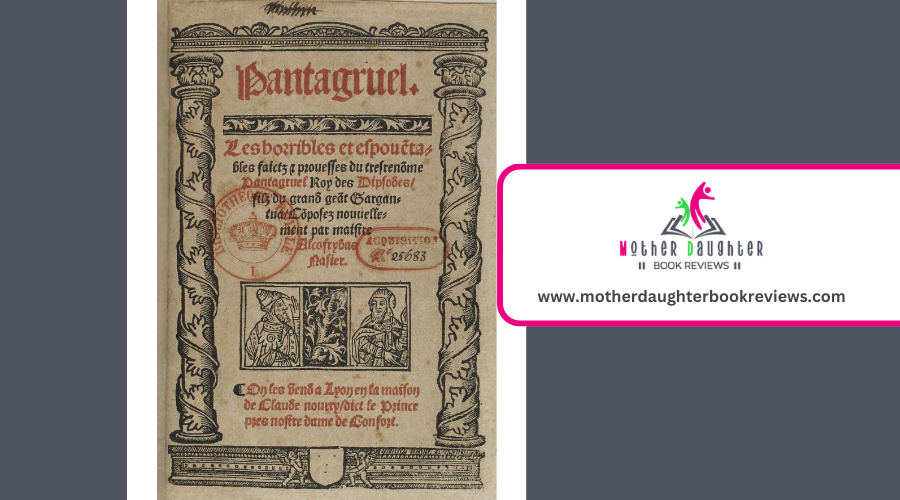
Greek and Roman satires introduced key techniques like parody and exaggeration. Enlightenment writers like Swift and Voltaire crafted sharp social critiques through absurdity. Victorian authors highlighted societal flaws with wit and sarcasm. Modernist and postmodern writers used fragmented narratives and intertextual play to question beliefs and norms.
Origins of Satirical Adventures
The roots of satirical adventures can be traced back to ancient literature, where authors used humor and irony to critique society. You can find the earliest examples in ancient fables, which often used animals with exaggerated traits to deliver playful critiques of human behavior. These stories didn't just entertain; they offered social commentary cleverly wrapped in humor.
As you move forward in history, the role of medieval jesters becomes prominent. These jesters were masters of character exaggeration and literary irony, using their wit to challenge authority and societal norms. Their performances were more than just entertainment; they were subtle acts of narrative subversion.
You'll notice that humor evolution plays a significant role in the development of satirical adventures. Over time, what began as simple fables grew into complex stories filled with multi-layered humor and intricate social commentary. The use of narrative subversion became more refined, engaging readers in deeper reflections on the world around them.
Classical Influences
When diving into classical influences on satirical adventures, you'll find that ancient Greek and Roman literature played a pivotal role. Greek Comedy, with playwrights like Aristophanes, used humor and irony to critique societal norms and political figures. Roman Satire, embodied by authors like Juvenal and Horace, took this further by incorporating sharp wit and moral lessons to comment on the vices and follies of their time.
To understand these influences, consider the following:
- Literary Devices: Both Greek Comedy and Roman Satire employed irony, exaggeration, and parody to deliver biting social commentary. These tools remain fundamental in modern satirical adventures.
- Character Archetypes: From the clever servant in Greek plays to the moralist figure in Roman literature, these archetypes provide a template for characters who challenge societal norms and highlight human flaws.
- Narrative Techniques: The use of episodic structures and direct addresses to the audience in classical works allows for a more engaging and reflective storytelling style, which has been adapted in contemporary satirical adventures.
Enlightenment Satire
Enlightenment satire, a powerhouse of wit and intellect, emerged as a formidable literary force during the 18th century. You'll find that it used sharp satirical devices to challenge the established norms and provoke thought. Writers like Jonathan Swift and Voltaire didn't just entertain; they delivered powerful social commentary through their works.
Imagine reading Swift's "Gulliver's Travels" and recognizing his critique of human nature and society. Swift's use of irony and exaggeration transforms a simple adventure story into a biting satire on government, science, and humanity itself. Likewise, Voltaire's "Candide" uses absurdity and wit to critique the optimism and philosophy of the time, exposing the harsh realities of life.
These satirical devices weren't just for show; they were tools to question authority and inspire change. By blending humor with critique, Enlightenment satirists made their messages more accessible and engaging. They encouraged readers to reflect on societal norms and consider alternative viewpoints.
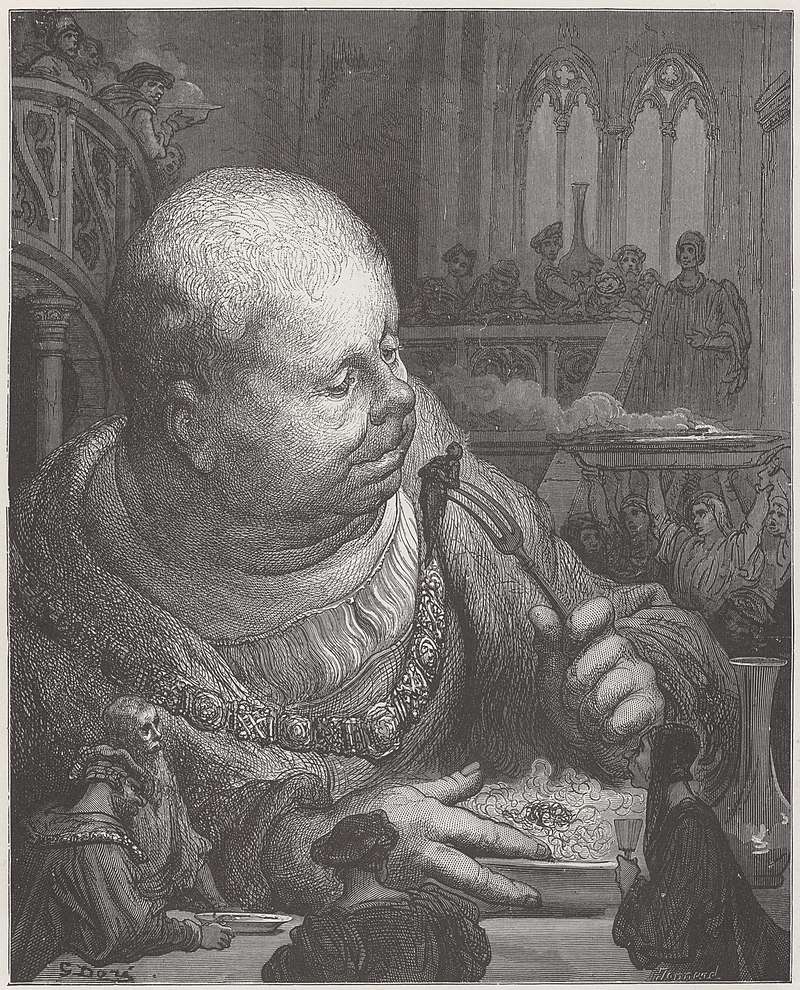
Victorian Era Wit
Moving from the sharp satire of the Enlightenment, you'll find that Victorian Period offers a different flavor of literary critique. Victorian humor often revolved around social commentary, poking fun at the rigid class structures, moral pretensions, and the rapid industrialization of the time. Writers like Charles Dickens and Oscar Wilde mastered the art of blending humor with critical observations of society.
Victorian authors used their wit to shine a light on societal flaws, making readers both laugh and reflect. Here are three key elements that defined Victorian humor:
- Character Caricatures: Dickens, for example, created exaggerated characters to highlight societal issues, such as the harsh conditions of the poor and the hypocrisy of the upper class.
- Irony and Sarcasm: Oscar Wilde's plays, like "The Importance of Being Earnest," are rich with ironic dialogues that reveal the absurdity of social norms and expectations.
- Social Satire: Victorian literature often contained pointed critiques of social institutions, from the legal system to the education system, wrapped in humor to make the criticism more palatable.
Modernist Contributions
Exploring Modernist contributions, you'll notice a distinct shift in the style and substance of satire. Modernist writers broke away from traditional narrative forms, embracing the stream of consciousness technique. This allowed you to investigate the characters' minds, revealing their inner thoughts and exposing societal absurdities in a raw, unfiltered manner. By doing so, they highlighted the often chaotic and fragmented nature of modern life.
Absurdist humor also became a hallmark of Modernist satire. Writers like James Joyce and Virginia Woolf used this technique to underscore the irrationality of human existence. Their works often featured bizarre scenarios and illogical events that made you question the very fabric of reality. This kind of humor didn't just entertain; it provoked thought, challenging you to reconsider your perceptions and beliefs.
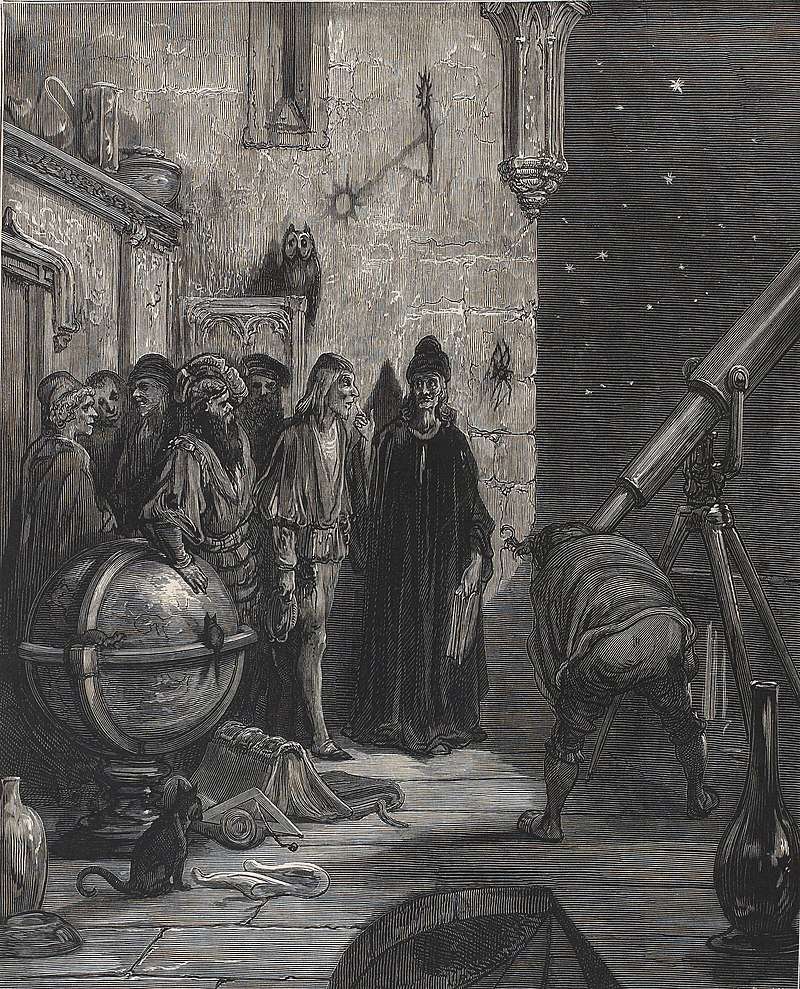
Postmodern Parodies
As you leave behind the fragmented narratives and surreal elements of Modernist satire, you encounter the playful, self-aware domain of Postmodern parodies. Here, literature becomes a game, full of intertextual play and absurdist humor that challenges you to rethink traditional storytelling. Postmodern writers like Thomas Pynchon and Kurt Vonnegut revel in deconstructing literary conventions, making you question the very nature of fiction.
In Postmodern parodies, you'll find:
- Intertextual Play: Texts reference other texts, creating a rich tapestry of meaning where stories intertwine and echo each other.
- Absurdist Humor: The ridiculous and nonsensical become tools to critique society and human nature, often leaving you laughing while pondering deeper truths.
- Self-Referential Narratives: Characters and plots break the fourth wall, making you acutely aware of the storytelling process itself.
These elements invite you to engage with the text on multiple levels, blending highbrow literary critique with accessible, often hilarious, content. Postmodern parodies don't just entertain; they provoke thought, encouraging you to see the familiar in new and surprising ways.
Contemporary Reflections
In the current literary landscape, contemporary reflections on satire continue to evolve, blending the sharp wit of past periods with fresh perspectives on modern society. You'll notice that today's authors use refined narrative techniques to craft stories that not only entertain but also offer biting social commentary. These works often feature familiar character archetypes, but with twists that highlight modern flaws and virtues, ensuring the cultural critique remains relevant.
Genre blending is another hallmark of contemporary satire. Authors mix elements from diverse genres—fantasy, science fiction, and even romance—to create layered narratives that defy simple classification. This approach not only enriches the storytelling but also broadens the scope for social critique.
Conclusion
Satirical adventures have shaped literature through the ages by using humor, irony, and exaggeration to critique society, challenge norms, and provoke thought. From the classical foundations in Greek and Roman literature to the sharp social commentary of Enlightenment writers, each era has added its own flavor of wit and satire. Victorian authors infused humor with social critique, while Modernist and Postmodern writers broke conventions, using fragmented narratives and intertextual play


